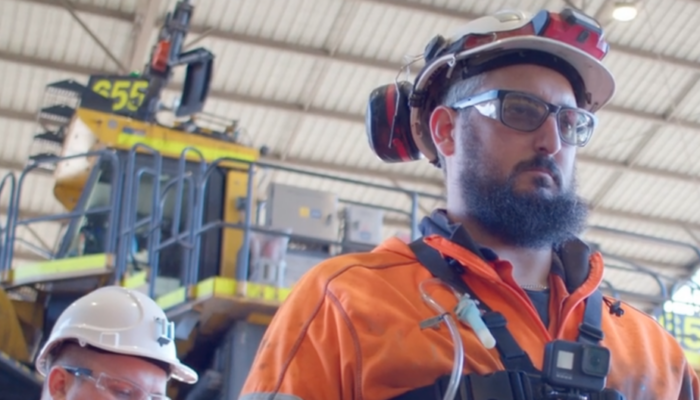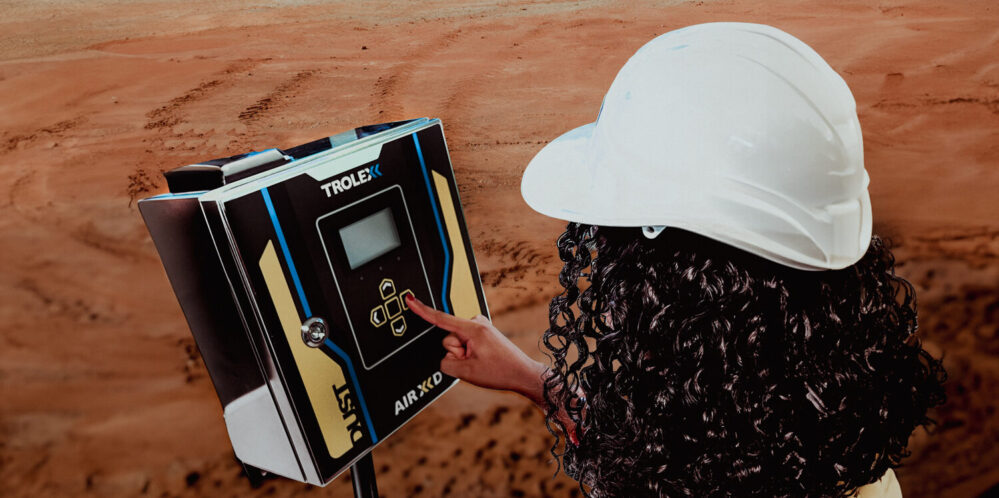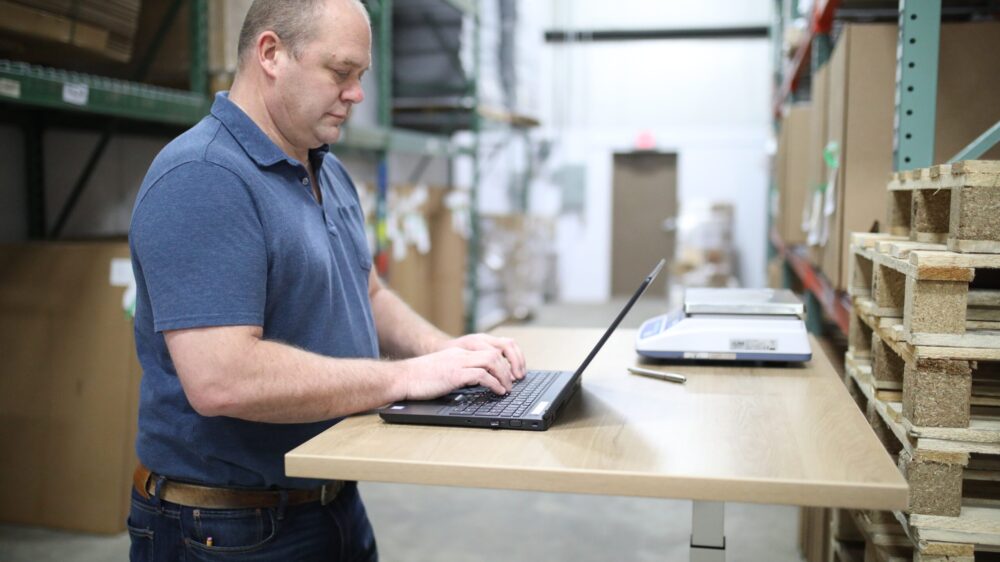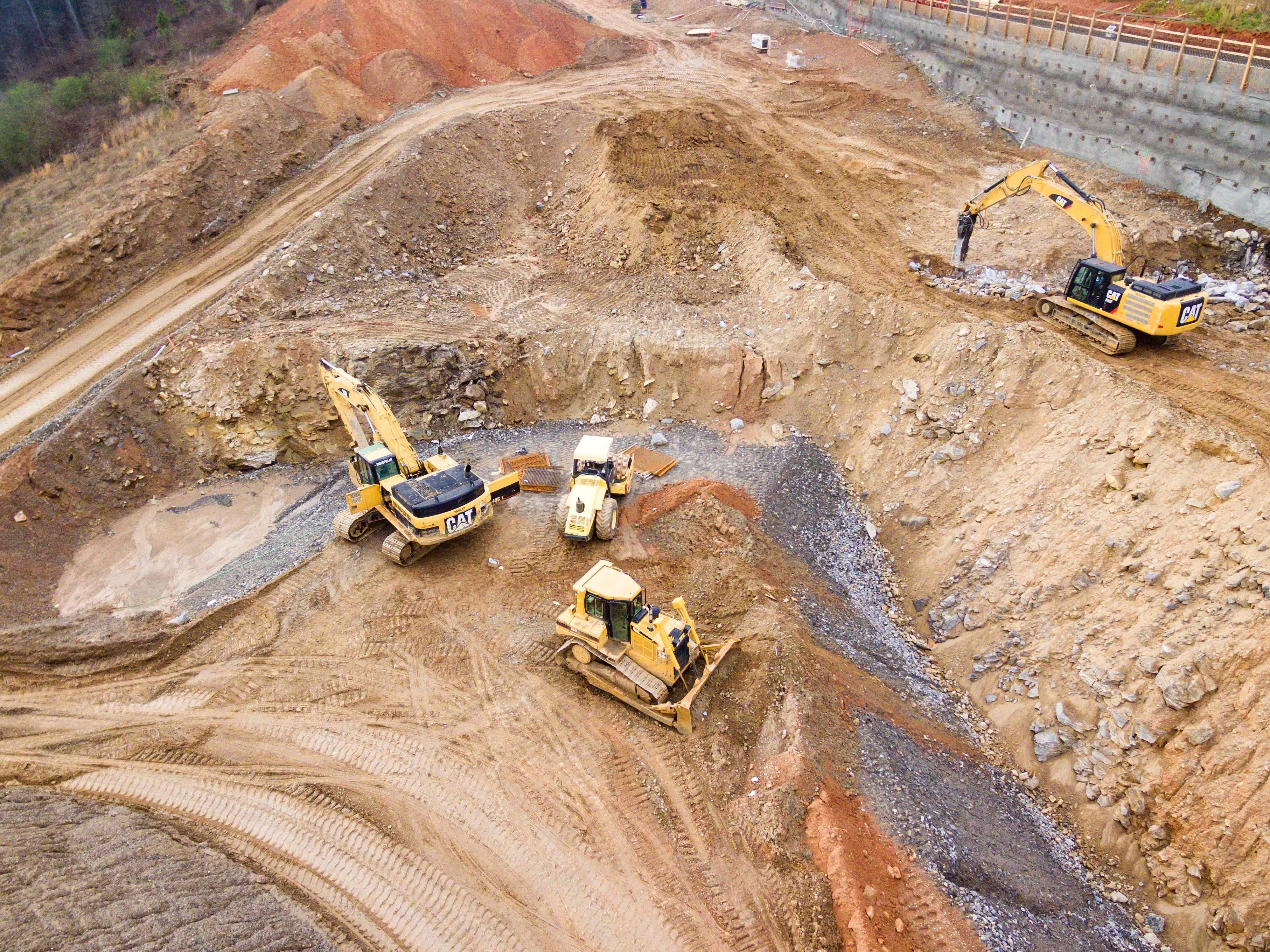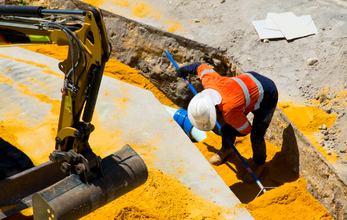Case Studies
Hunter Valley Operations:
Using Real-Time Monitoring to Control Dust Exposure
Managing Chemical Risk in a Large Organisation
Evaluating the Storage of Hazardous Chemicals in Australia
Hazardous Chemicals and Dangerous Goods – Simplifying the situation
Dual Focus – The Health Risk Assessment and Task Analysis Project
Asbestos Containing Materials in Fires
Insurance and Building Remediation
Multi-Building Removal and Demolition

 GCG is set to run a Basic Principles session in March, where attendees receive comprehensive training by our practical and down-to-earth Occupational Hygienists.
This session is being held on Brisbane’s Northside at GCG’s new office from Monday 19th – Friday 23rd of March.
GCG is set to run a Basic Principles session in March, where attendees receive comprehensive training by our practical and down-to-earth Occupational Hygienists.
This session is being held on Brisbane’s Northside at GCG’s new office from Monday 19th – Friday 23rd of March.
